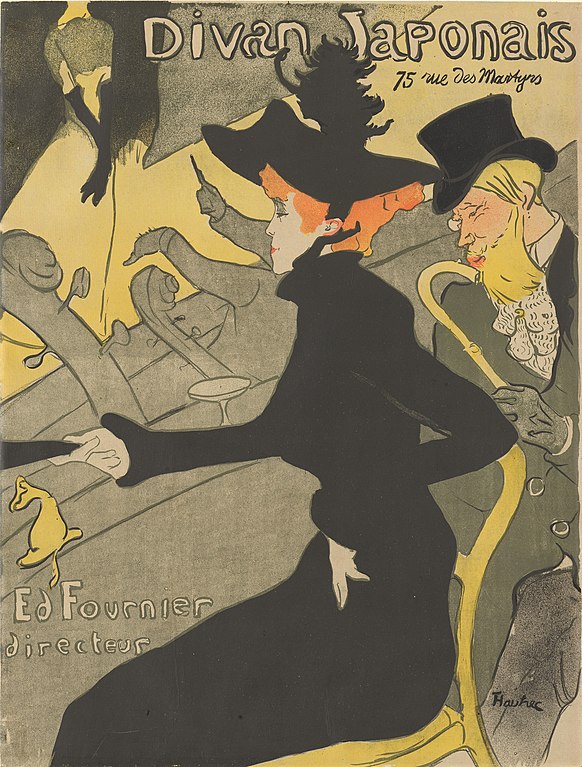Lithography uses the natural repulsion of water and oil to transfer images. Alois Senefelder (1771-1834), a Bavarian playwriter, discovered the lithographic process by accident when searching to reproduce scripts for the actors in his plays. Soon musicians applied the process to duplicate musical scores for orchestras.
By the turn of the century, lithography launched new commercial art forms for newspaper advertisements, mail-order catalogs, and posters. Today, artists use various materials for plates and litho-crayons or oil-based pencils to produce various lithographic styles.
What is a Lithograph?
A lithograph is a style of printing that reproduces original paintings and other works of art. The word “lithograph” is a derivation of two Greek words: “Lithos,” which means “stone,” and “graph,” which means “to write.”
Process
Lithography begins with an image drawn onto a flat surface, often polished limestone or aluminum plates. If the artist uses stone, then stone must be polished and smoothed to a uniformly flat surface.
After “graining the stone,” the artist creates an image with litho crayons, greasy pencils, rubbing blocks, tusche, and greasy black liquid composition. This etching onto the printing plates is the mirror image of the finished product.
When satisfied with the image, the artist applied powdered resin and talc (sometimes called French powder) to protect the etching. A small amount of gum Arabic separates the greasy and non-greasy areas on the printing stone or plate. The nitric acid in the gum creates the etch.
Often, an artist will etch a plate twice. The first time, she covers the entire stone plate with Arabic gum, then buffs it down before drying the etch with heat. When the stone is set aside for 12-14 hours, the gum produces a chemical change, and the image is embedded permanently. The artist reapplies gum to the etching, then uses turpentine to dissolve any remaining drawing materials.
Next, the artist spreads a film of water over the surface with a damp cloth. Lithography depends on the fact that oil and water will not mix. The artist applies ink to the printing plate with a roller. When the artist covers the image with oil-based ink, it sticks to the image but not the water-protected areas.
Finally, she places damp paper on the surface and runs the plates and image through a printing press. The result is a transfer of the original artwork onto the new surface. Water and ink are reapplied for each printing.
Materials Used
Stone or Metal Printing Plates
Senefelder and early artists wrote their lines and drawings onto flat stones, often polished limestone. Today, some artists still use stone plates, but aluminum and zinc plates are more common.
For color lithography, the artist uses multiple plates, each with a different color of ink, to create lithographs with two or more colors. Creating multiple colors requires a high degree of precision because the image is placed on several plates, and each plate must be rolled exactly in order.
Carborundum
Stone plates are sanded down to a smooth surface with carborundum or other abrasive material. Before the stone can be used, it must be perfectly flat and have a uniform thickness.
Ink and Roller
The first lithographs were monochromatic prints that used only black ink. Some artists make their own unique drawing liquid from combining wax and fatty acids (traditionally linseed oil), but others use commercially available tusche or lithographic crayons.
Lithographic Crayons and Pencils
Litho crayons and pencils create the image to be printed. Sometimes called grease pencils, lithographic pencils vary in hardness degrees from the softest (#0) to the hardest (#5).
The softer ones are called crayons and harder pencils. Each crayon or pencil contains tallow or stearic acid, carnauba or beeswax, resin, lampblack (a black carbon-based ink), and an alkaline substance like lye potassium carbonate.
Tusche
Tusche, a combination of oil, soap, and pigment, is also used to create lithographic images. The soap ensures that the tusche will be water-soluble. Premixed tusche settles and clots easily in the bottle, so many artists mix their tusche as they need it. Cake tusche must be dissolved in distilled water or a solvent such as lithotine before use.
Gum Arabic
Gum Arabic has a chemical affinity for attracting and holding moisture. By applying gum Arabic to the stone plate, the artists can desensitize part of the stone to oil. During the printing process, the gum absorbs water and repels the ink.
Powdered Rosin and Talc
Rosin is applied first, and then after the excess is removed, the artist blends in powdered talk. The rosin protects the etch from corrosion. Talc dries the drawing surface so that the gum Arabic applies evenly.
Types of Lithography
1. Offset Lithography
Offset lithography became a standard for commercial printing in the 20th century. It is a fast and inexpensive method of printing mass numbers of catalogs or advertisements. This is the most common form of lithography used in commercial art.
2. Transfer Lithography
Transfer lithographers draw their designs onto transfer paper instead of directly onto printing plates. This adds a step to the traditional process and allows for correcting mistakes or making changes more easily. Transfer paper is treated with a gelatin-based coating.
When the artist dampens the design on transfer paper, he applies it to the stone or metal plate. This creates a mirror image of the design. Afterward, the lithographic process continues by treating the plate with water and then rolling ink over it.
The image is mirrored again on the final paper destination. This double-mirroring makes it easier for artists to draw the image exactly as they see it without making their own mirror image.
3. Photolithography
Outside the art world, photolithography is a common technology used in manufacturing, especially electronics. Photolithography, sometimes called optical lithography or UV lithography, uses light to transfer a graphic image.
In the semiconductor industry, photolithography uses a three-step process (coat, develop, expose) to create patterns on silicon wafers that will become computer chips.

